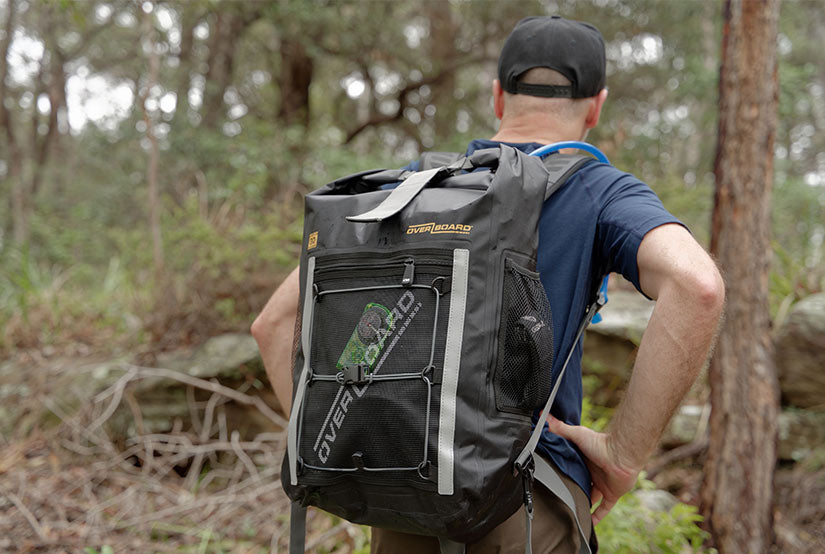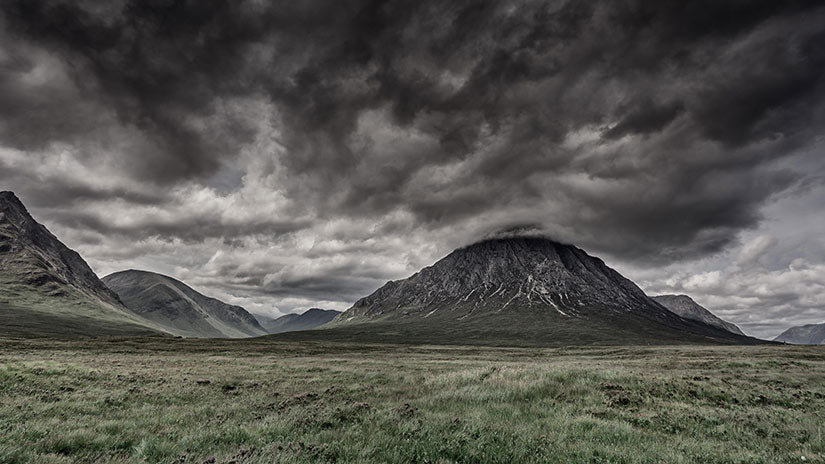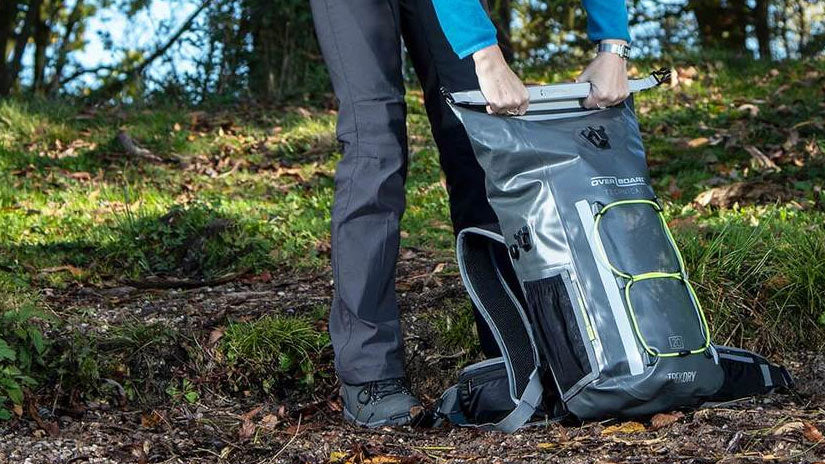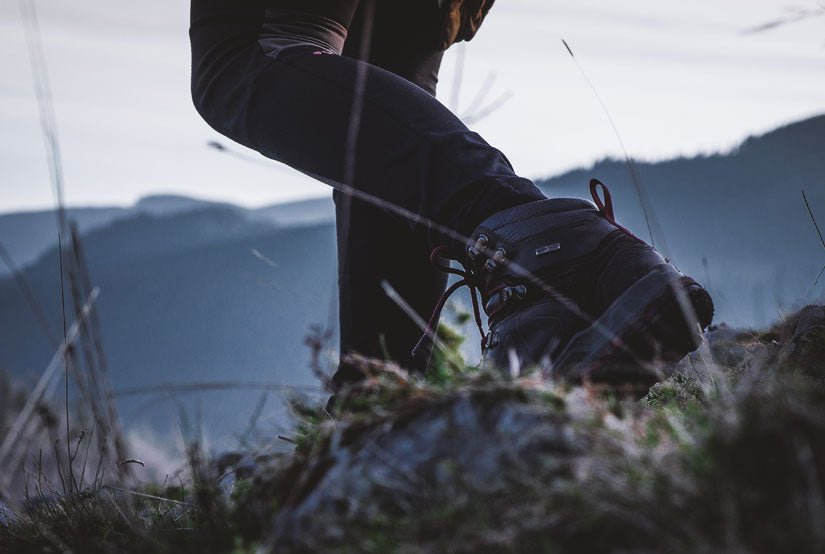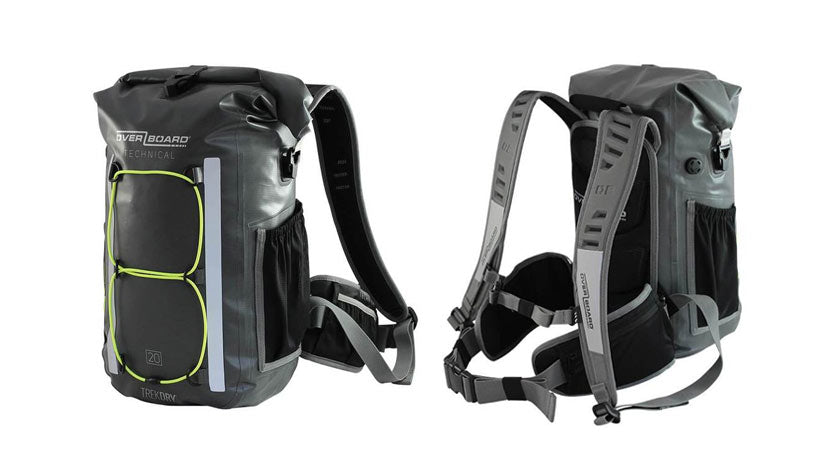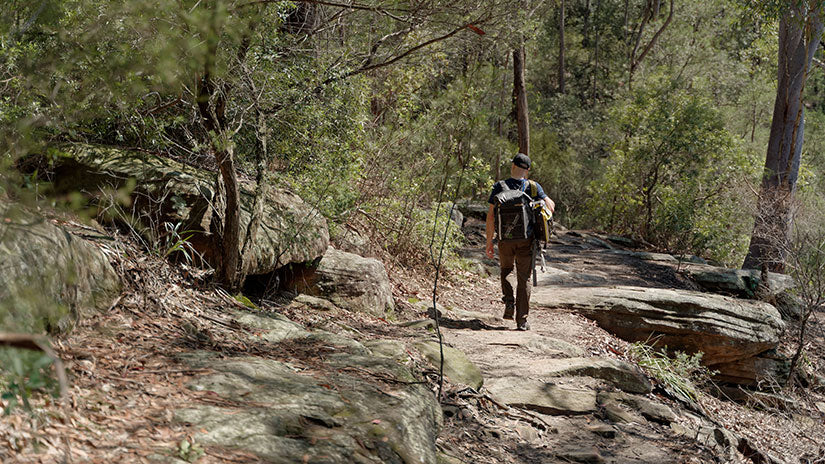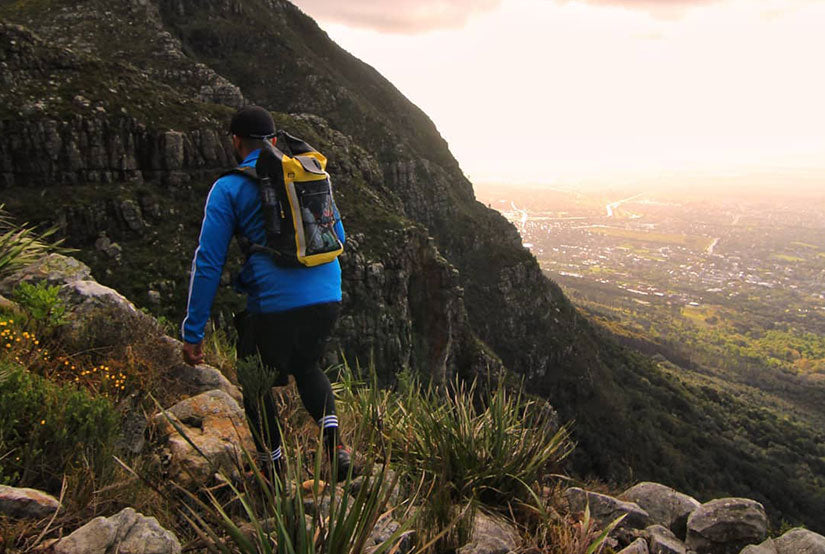-
-
-
UK
AE
AU
CA
DE
EU
JP
NZ
RU
SG
US
- SHOP ALL
- CLEARANCE SALE
- CASES
- DRY BAGS
- BACKPACKS
- DUFFELS
- COOLERS
- OB RANGES
- ACTIVITY
- ABOUT US
- WARRANTY
- SUPPORT
There’s no doubt about it - hill walking comes with a plethora of benefits.
Heading for the hills can:- Lower your blood pressure
- Strengthen your heart and lungs
- Amp up your heart rate, therefore burning more calories.
Among other things…
Convinced yet? Ready to get started?
Read on for our list of hill walking tips for beginners. 21, to be precise:
1. Get yourself a hill walking buddy (or three).
When you first start out and are planning to head out to unfamiliar (and often remote) trails, taking a companion along is a good (and highly recommended) idea.
Not only can they help you with navigation, but they’re also there in case of injury or emergency.
Save the solitary strolls for later in your hiking journey, when your skill levels improve.
2. Want to ramp up the social element of hill walking?
You could join (or start!) a walking club, which is a great way of learning from more experienced hillwalkers.
Websites such as Meetup regularly run group walks and hikes.
Walking clubs and meet-ups can be a safe and sociable way to dip your toes into the world of hill walking.
3. Learn more about the route you’re going to take before you embark on it.
How?
Get to know the trail map inside out.
Learn which paths and trails are recommended, and where the dead ends are.
The more familiar you are with your trail, the easier you’ll find it to hike with confidence.
4. Take a physical map and an old school compass along.
Navigation on hilly terrains can be challenging, especially when you’re a hill walking beginner and especially if you encounter bad weather.
Now, GPS devices and smartphones can be hugely helpful. But as with any piece of tech, they have a tendency of dying on you or running out of battery when you need them most.
Learn how to read a physical map and how to use a compass to avoid getting lost under any odds.
5. ‘Knowing before you go’.
Also includes knowing everything you need to about the weather, which has a huge impact on your hill walking experience.
Checking the weather is one of the most basic but most important hill walking tips for beginners.
Not only does it mentally prepare you, it allows you to dress and pack accordingly.
6. Wet or stormy weather? Rethink your hiking plans!
Hill walking in very wet conditions can be dangerous, even for more experienced walkers.
7. The beauty of hill walking is that you can set your own pace and decide your distance based on your own comfort levels.
There is absolutely no need to push yourselves too hard on your first few hikes, as you’re in the early stages of building your stamina.
You can increase how steep an incline you face over time.
8. Search for hill walking opportunities closer to home.
When people initially think of hill walking, they can get a little overwhelmed by the thought of getting to the hills themselves.
In the UK, we’re blessed with a huge variety of great hill walking areas not more than a few hours away from us.
From the Lake District to Snowdonia and various stunning spots in Scotland, there’s certainly a lot to explore.
Saying that getting to these places can be time-consuming and costly. So, consider starting your hill walking trips closer to your home.
With a little bit of online research, you’d be surprised at the amount of rolling hills that are more easily accessible to you.
Hill walking equipment:
9. To boost your calorie burn, bring some extra weight with you.
Fill up your waterproof backpack with additional weight if you’re looking to lose more bodyweight.
Ironic, we know.
In fact, carrying a 15-pound pack can amp up your calorie burn by as much as 15%.
And it strengthens up your back muscles. Bonus.
10. Luckily, you don’t need to invest in a ton of hill walking equipment.
It’s an activity that doesn’t require a lot of paraphernalia.
But the one thing that’s important to get right is the clothing.
Let’s start with the footwear:
Whether you decide to go for hiking boots or softer walking shoes, the right footwear is a must to make your hill walking experience more comfortable and easier on your joints.
11. Keep yourself warm!
If you’re hillwalking in the UK, it’s bound to get a little cold and wet when you’re out on the trails.
Wear clothing made of materials with proper insulation such as fleeces to help keep you warm.
Bring along several layers in your waterproof backpack. You can then add or remove these based on your preference and changing temperatures.
12. Don’t get stuck mid-trail in cold weather wearing wet clothing.
If you’re planning to go hillwalking and there’s any chance of rain, wear a waterproof jacket and ventilated trousers.
Avoid cotton and denim at all costs!
13. Get yourself a good heart rate monitor.
And keep an eye on that heartbeat and ensure you’re pushing yourself enough to get fit without overexerting.
14. High-quality hill walking equipment and clothing is a long-term investment.
Over time, you’ll get more use out of it as it’s designed to be durable and made of long-lasting materials.
And you’ll be grateful for it when you’re out on that rainy hillside trail!
Hill walking training:
15. Consistency is key.
Get yourself into a routine, so even on those days that you can’t trek to the trails, you walk on hilly terrain or even just an inclined treadmill to keep your hill walking training up.
Trust us, it will be much easier to conquer the trails if you remain consistent.
16. Try hill walking with different levels of weight in your hiking backpack.
You can practice on a flight of stairs if you’re not prepared to lug a heavy bag out to the hills just yet.
17. Take things one step at a time.
Let’s get real:
Once you get out onto the hills, it can get addictive.
You may be tempted to attempt a walk or face weather that could be dangerous.
Try not to rush the hill walking training process.
Remember, biting off more than you can chew and making rash decisions can lead to accidents.
And any unpleasant incidents early on may turn you off from attempting hill walking again.
Hill walking techniques
Now:
18. Walking on flat terrain or walking downhill can be easy.
It’s heading uphill that’s the challenging part.
The good news is that uphill walking offers all the benefits of resistance training.
Sustain a steady pace so that you’re able to sustain your walk for longer, rather than trying to push yourself to the point of breathlessness.
And don’t despair if you’re left desperately out of breath post your first uphill walk.
It gets easier the more frequently (and consistently) you go.
19. Take shorter strides!
When walking uphill, a good hill walking technique is to take shorter strides and lean into the slope a little, rather than trying to take huge steps.
20. Find a foothold!
If you do encounter a really large step, try and find a foothold which allows you to take it in two paces.
This eases the load and allows you to gain a firmer grip.
21. Take in your scenic surroundings.
But keep an eye on where you’re placing your feet as you go.
Remember, unsteady steps can be dangerous while hill walking.
Over time, you’ll learn how to become a more efficient and confident hill walker.

















